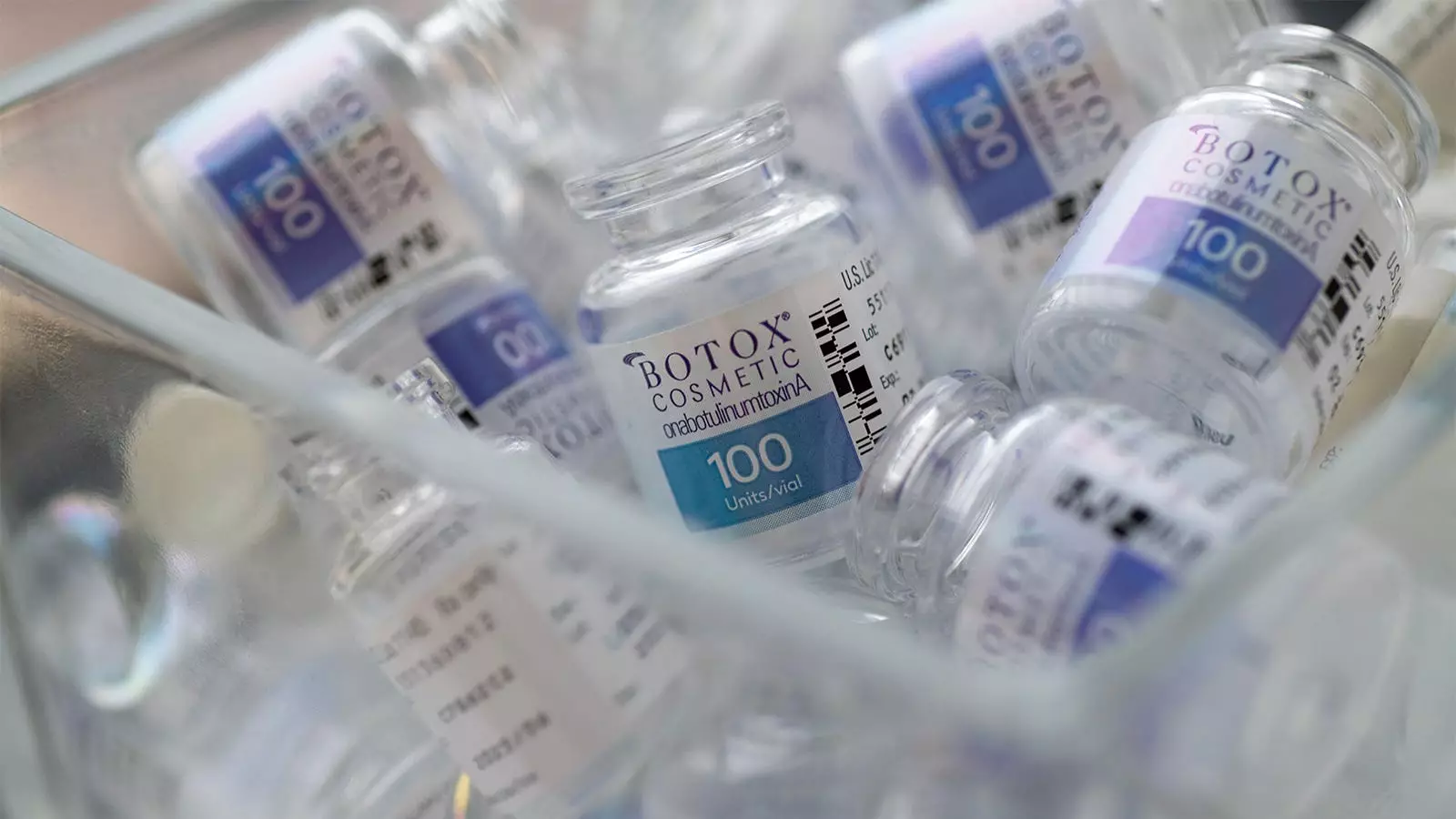The origin of botulinum toxin, more commonly known today as Botox, traces back to a shocking incident that occurred in December 1895. A devastating case of mass food poisoning afflicted 34 members of a Belgian brass band who had just finished performing at a funeral. Gathered at “Le Rustic” inn for a celebratory meal, they indulged in salted, uncooked ham, unaware it carried the dangerous bacteria responsible for botulism. Mere hours after their meal, the musicians experienced alarming symptoms such as severe vomiting, double vision, and muscle paralysis. It was a dire situation; by the end of the week, three members had succumbed to the mysterious affliction, and the incident opened the door to understanding a deadly bacterium that had quietly existed alongside humanity for centuries.
This gruesome chapter in history underscores a crucial lesson about botulinum toxin: serendipity and observation often sit at the heart of medical breakthroughs. The role of a trusting doctor-patient relationship becomes paramount, especially in a contemporary medical landscape where such trust is declining. The journey towards understanding and utilizing Botox began with a heart-wrenching event but illustrates how critical connections in healthcare can yield transformative discoveries.
In light of the mass poisoning incident, local health officials in Ellezelles acted swiftly, enlisting microbiologist Émile van Ermengem from the State University of Ghent to uncover the underlying cause of the outbreak. Van Ermengem’s investigation led to the identification of Clostridium botulinum, a previously unknown species of bacteria that had contaminated the ham. His groundbreaking work demonstrated how this toxin caused the paralysis, linking food preservation methods to potentially deadly consequences.
Over a century later, this early discovery has evolved into one of medicine’s most significant assets. Botulinum toxin, specifically in the form of onabotulinumtoxinA, is now not only recognized for its medical applications in treating muscle spasms but is more widely known for its cosmetic use in reducing wrinkles. The cultivation of Botox as a pharmaceutical product exemplifies how a dire situation led to advancements in comprehensive healthcare.
The metamorphosis of Botox from a medical treatment to a beauty staple was catalyzed in 1987 by Canadian ophthalmologist Dr. Jean Carruthers. Initially, her work with Botox focused on alleviating muscle spasms around the eyes, but a single patient’s revelation steered her in an entirely new direction. When a patient noted that injections in her forehead made her wrinkles disappear, Carruthers’s curiosity was piqued. Rather than dismissing the connection between muscle paralysis and wrinkle reduction, she took the time to ponder the implications of her patient’s statement, a moment of clinical insight that would change the landscape of cosmetic dermatology forever.
The journey of Botox mirrors many significant medical advances often driven by serendipity. Discoveries such as penicillin and X-rays unfolded under unexpected circumstances, yet Botox’s story is unique in that it emphasizes the doctor-patient dynamic as a pivotal element in discovery. Carruthers’s attentiveness to her patient illustrates how meaningful interactions can serve as a breeding ground for innovative ideas.
The shift in the medical climate presents a challenging environment where trust and patient-physician interactions are often compromised. Dr. Rana Awdish, a physician and thought leader, points out that critical serendipitous moments often arise from open communication, where patients feel secure enough to share vital information regarding their health. Both trust and time are essential components that nurture these connections, allowing for a deeper understanding of a patient’s condition.
Nonetheless, with modern healthcare systems increasingly prioritizing productivity and efficiency, physicians often find themselves under constant pressure to see more patients in less time. Consequently, the art of listening and engaging with patients can easily fall by the wayside, leaving little room for those “aha” moments that can lead to vital discoveries.
As society moves forward from the challenges of recent years, medical professionals must prioritize rebuilding trust in their relationships with patients. Reinstating adequate time for patient interactions may once again allow serendipity to thrive in healthcare settings. Achieving this balance could not only lead to significant medical breakthroughs, akin to Botox’s story but can also improve diagnosis and treatment at the individual patient level.
The narrative of Botox serves as a powerful reminder of the importance of trust, time, and serendipity in medicine. It stresses that within the sterile confines of clinics, moments of ingenuity can emerge, impacting countless lives. If the medical community fosters an environment where patient voices are heard and valued, the potential for future serendipitous discoveries remains boundless.

